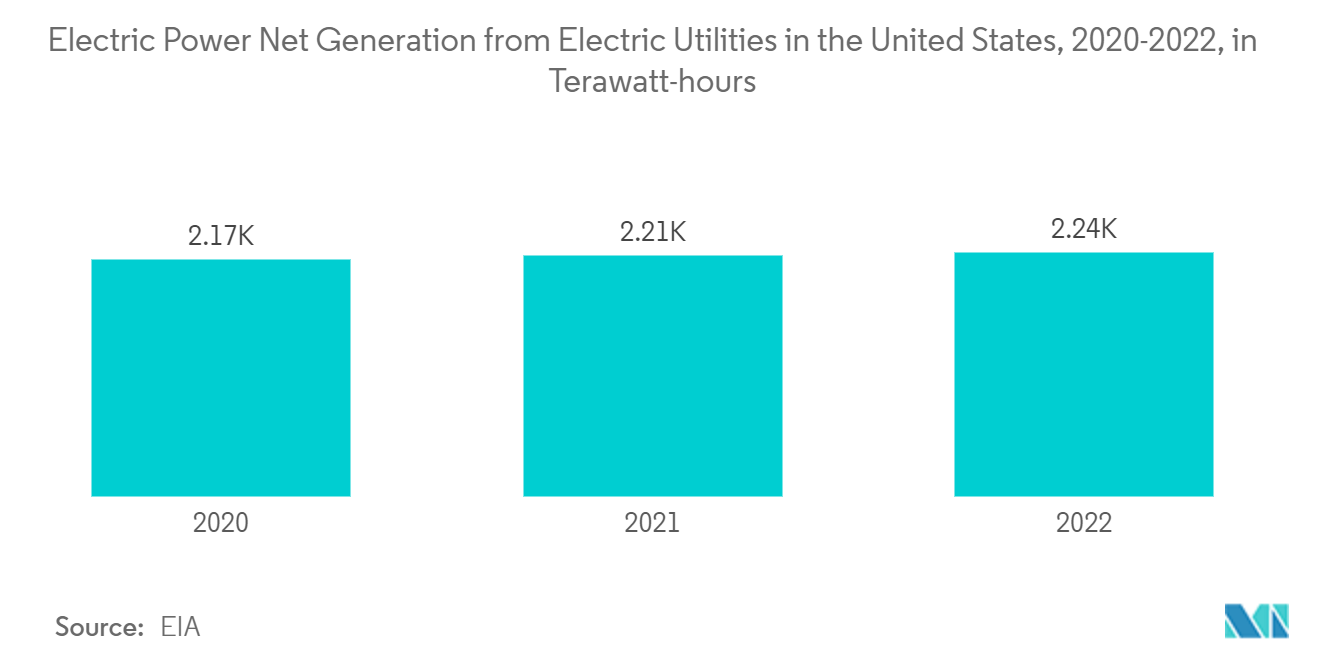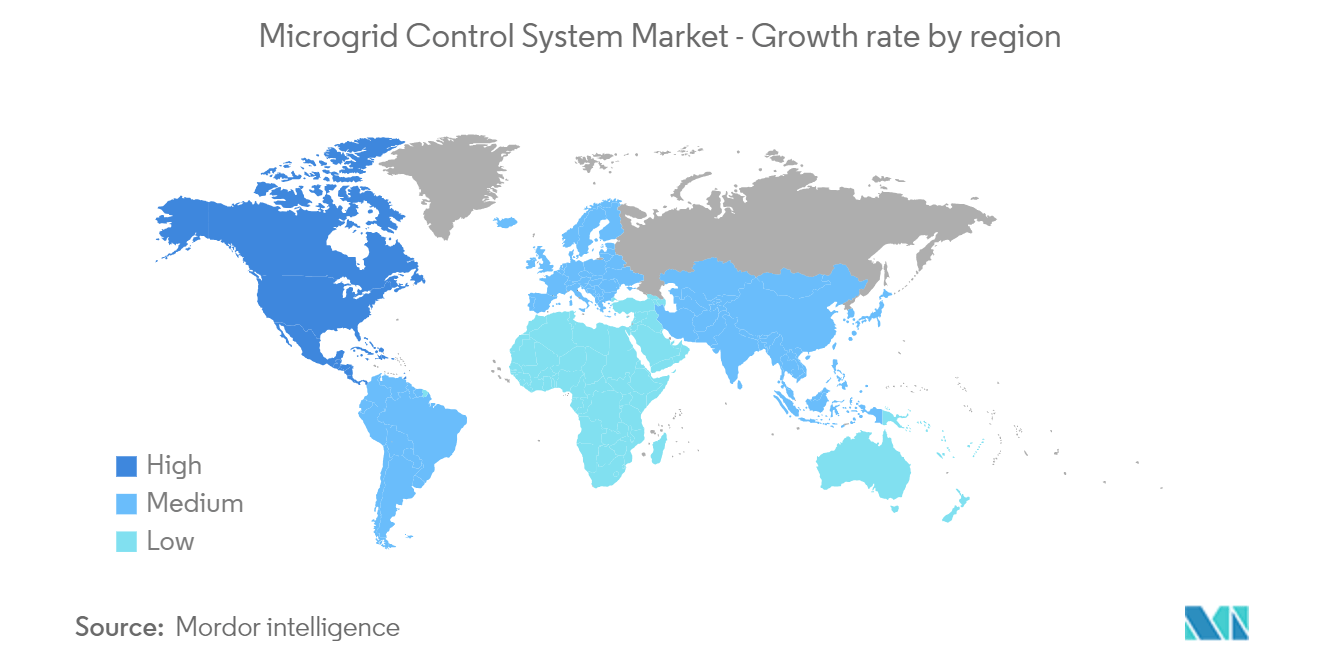Market Trends of Microgrid Control Systems Industry
Utilities Segment Accounts for a Significant Share in the Market
- Microgrids allow an efficient and dynamic electricity grid by adapting to the growing use of renewable energy sources, such as photovoltaic equipment and electric vehicles. Additionally, reducing energy loss in transmission and distribution further increases the electricity delivery system's efficiency by using Local Energy Resources to serve households' needs.
- As per the U.S. Department of Energy, microgrids will be essential building blocks for a new electricity delivery system by 2035 to ensure resilience, decarbonization, and affordability.
- In March 2023, Volvo Penta partnered with Utility Innovation Group, a decentralized microgrid systems leader in the battery energy storage sector. Both companies cooperate to improve power grid reliability and resilience through battery storage and integration, maximizing renewable energy sources use, including solar and wind.
- Moreover, in January 2023, California utility PG&E created an energy storage microgrid, which has a long duration by combining green hydrogen and batteries, in collaboration with Energy Vault, the firm known for its gravity-based solution. The two firms are partnering to operate and deploy utility-scale battery and green hydrogen energy storage systems.
- As demand for electricity increases, electric power companies are looking at alternative energy sources and have integrated a more decentralized energy source. In managing such complex and decentralized energy networks, optimizing electrical flows to help integrate renewable energies seamlessly and microgrid control systems are essential. According to the EIA, in 2022, electricity generation from electrical utilities in the U.S. increased slightly compared with the preceding year by about 2,537 terawatt hours.

North America Accounts for a Significant Share in the Market
- The increase in renewable energy and distributed generation systems is anticipated to drive the market during the forecast period. The traditional grid market is under increasing pressure. At the same time, its aging infrastructure requires significant overhauls. The US EPA (Environmental Policy Agency) has imposed unprecedented greenhouse gas regulations, further driving the integrated renewable energy microgrid control systems market.
- Moreover, developments by market players in the region are expected to drive the market. For instance, in May 2023, Schneider Electric, a leader in the automation and energy management digital transformation, announced that EcoStruxure Microgrid Flex is an industry-first designed to significantly reduce project cycle times and achieve higher returns throughout the project lifecycle, announced an innovative standardized microgrid solution about investing in in-house systems. Distributed energy resources are estimated to account for 40% of U.S. electricity generation by 2050, increasing the microgrids demand to meet that need. Microgrid systems need significant engineering time and focused attention to configure, plan, and deploy the system.
- In October 2022, ENGIE North America (ENGIE) announced that it had expanded its microgrid offering with state-of-the-art equipment for the Santa Barbara Unified School District. Power and safety outages have become the new normal in California, putting communities under tremendous pressure to mitigate and adapt their immediate impact.
- The rising governmental support in the form of funding and state-level resiliency programs has increased the demand from institutions or campus applications, making it a key driver for U.S. market growth. For instance, in May 2023, the U.S. Department of Energy (DOE) announced USD 34 million in funding to advance clean energy technologies in 18 Native American and Indigenous communities in Alaska. The funds will empower tribal communities by increasing access to microgrids and solar power, powering non-electrified tribal buildings, and increasing energy security and resilience.
- The drop in energy storage prices is expected to lower the cost of integrating renewable energy. This factor is also expected to drive the adoption rate of Microgrids in larger communities and commercial and industrial sectors.


